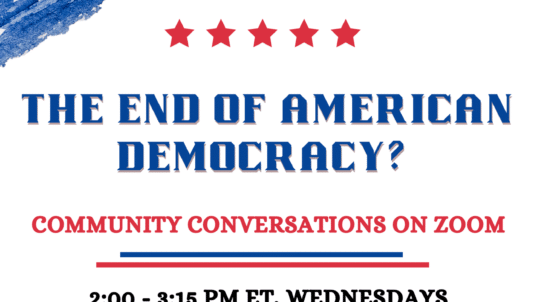
Photo by Ivan Bertolazzi from Pexels
Expanding perspectives to avoid groupthink and promote cognitive empathy
Professor Stephanie Taggart was concerned about one of her discussion groups. Since her classes largely attracted female students, she tried to place a male in each discussion group. In one discussion group, however, she noticed that the male student was being bullied by the women students. He was shy to begin with and came to the class with very conservative views. His views were largely shaped by his religious heritage and the community where he grew up. Meanwhile, his groupmates were very free thinkers who liked to be provocative in their comments. They did not hesitate to ridicule the male student’s ideas. It was getting to the point where their comments were demeaning and personal. As a result, the male student basically shut down and stopped participating in the discussion.
Taggart decided she needed to do something. First, she spoke with the problematic group about avoiding personal and demeaning comments about a fellow classmate. This worked to a degree, but a majority of the group continued to enforce a fairly tight limit of acceptable perspectives for their discussions. Taggart wanted to make sure the group was not stifling genuine expression of alternative points of view. She wanted to help them develop cognitive empathy and avoid the herding behavior of groupthink.
What she decided to do was to ask the entire class to adopt a practice of exploring reinforcing questions. She did this by asking the facilitators to follow up every students’ discussion contributions with questions such as:
- How might we add to this idea?
- Why might this be a valid perspective?
- Who else might think this way?
Facilitators were asked to capture the original idea on the flip chart followed by the responses to the reinforcing questions. The facilitators were also asked to make sure that everyone in the group responded to the reinforcing questions.
At first, some of the women in the problematic group resented having to respond to the reinforcing questions. In fact, one of them blurted out “Why are we supposed to build on such a stupid idea?” Taggart responded by asking: “Do you think women would have gained the right to vote much earlier if Congress had been required to respond to these sorts of questions?” That response seemed to have an effect. The reinforcing questions did open up more perspectives, which extended the discussions in directions they may not otherwise have taken.
One of the challenges in any discussion facilitation is to get the group to go beyond their initial thoughts and prejudices. Groups often tend to cluster around a small range of acceptable ideas, potentially missing out on valuable insights that would come from exploring a broader range of possibilities. Facilitators need to be assertive to ensure that the group explores an issue from points of view that they may have originally overlooked or even rejected. While this may be a challenge, the result of using reinforcing questions might be to take the discussion from one of sharing of a small set of well-known views to one of transforming ways of thinking.
* * *
“The Constitution does not just protect those whose views we share; it also protects those with whose views we disagree.” – Senator Edward Kennedy, once known as “the Lion of the Senate”
This post is part of our “Think About” education series. These posts are based on composites of real-world experiences, with some details changed for the sake of anonymity. New posts appear Wednesday afternoons.



